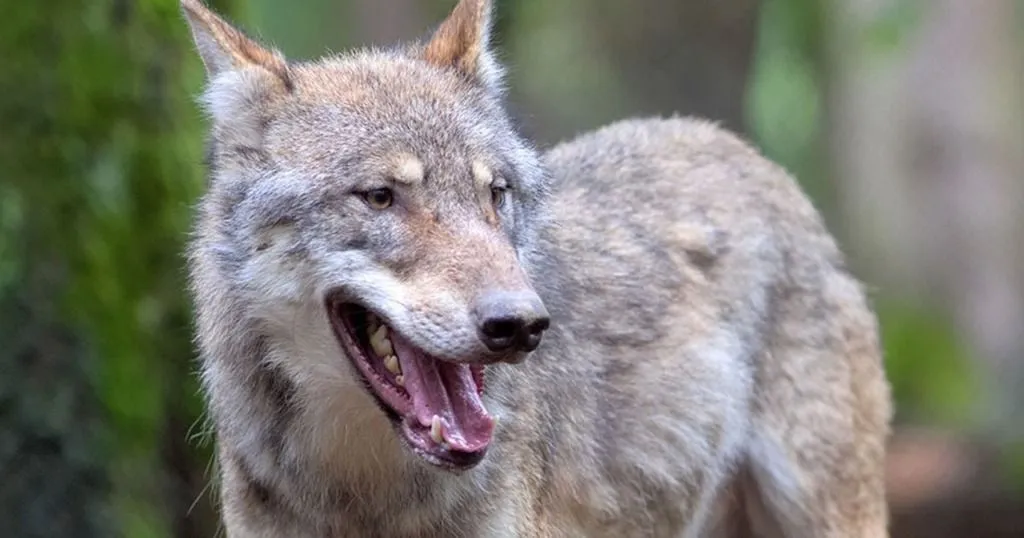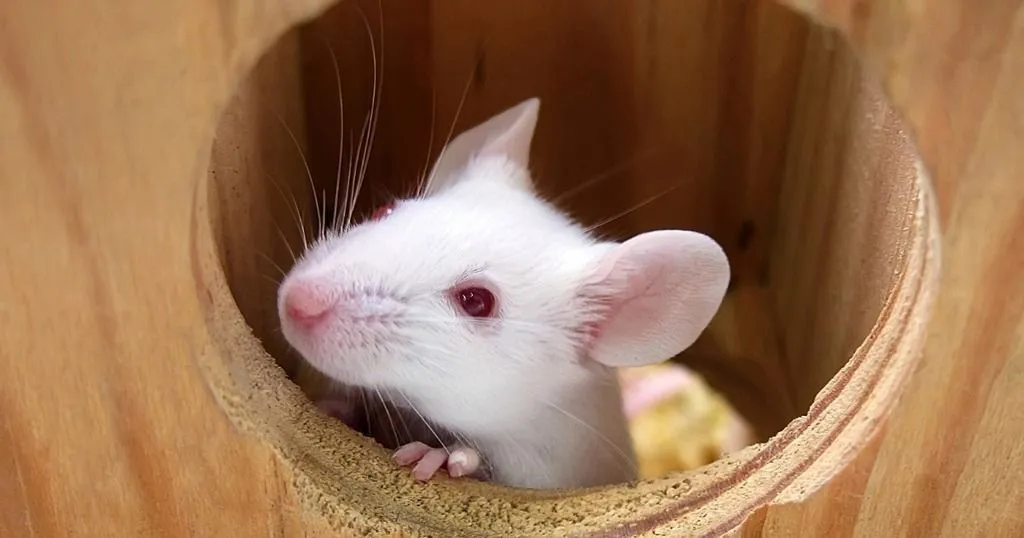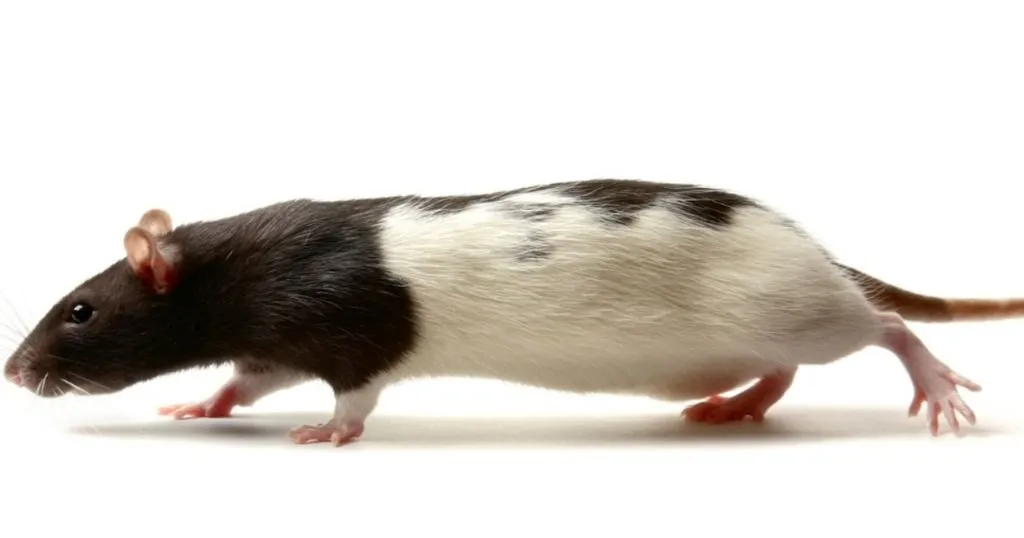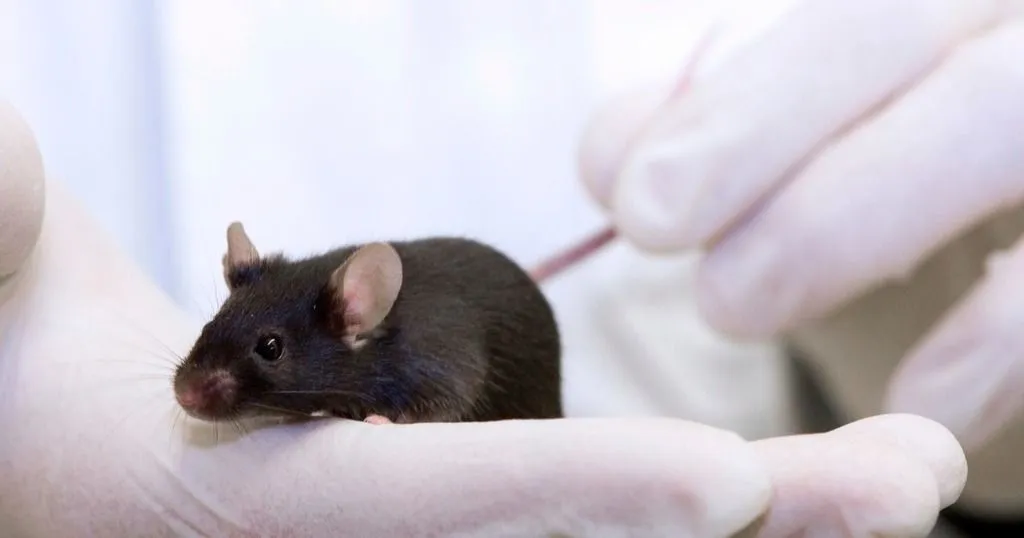Why wolves cry out for their friends
Why do wolves howl? From research, movies, and even television series, we learn that wolves cry out to each other to facilitate the reassembling of a pack when members have strayed.
Posted by
Published on
Thu 03 Apr. 2014
Topics
| Pocket Observer | Social Behavior Research | The Observer XT |

Why do wolves howl? From research, movies, and even television series, we learn that wolves cry out to each other to facilitate the reassembling of a pack when members have strayed. These calls are a functional way of long-distance communication, not only for wolves but also other species such as birds and mammals. So the functional importance of this behavior seems evident. But what actually makes a wolf cry? Is it because it misses its friends? Or is it simply something its body tells it to do?
Howling for pack members
Researchers at the Wolf Science Center in Austria noticed that whenever a wolf was taken out for a walk, the pack members left behind howled. They always cried out for the one that left. Last year, they published a study (Mazzini et al., 2013) which explains why.
Why do they cry?
One possible mechanism driving the howling could be a purely physiological one. In other words, the body automatically reacts by howling when a pack member leaves or when other members howl. It might also be possible for wolves to use their voice flexibly, or, in other words, they respond differently to different events and social contexts and use their howling accordingly, more or less deliberately deciding how to respond.
Recording the howling
To find out, Mazzini and his colleagues decided to record the howling behavior of nine wolves (2 packs) whenever one of the pack members left. They were interested to find out if it mattered if the leaving individual was actually taken away or remained in the vicinity (in the latter case, howling would not be functional). So they took each individual out for a long walk. Either before or after that, a control session existed of taking that same individual to a testing house close by. During the first twenty minutes of the absence of their pack member, vocalizations were recorded. After that, saliva samples were taken for cortisol-measurements.
Behavioral study to determine hierarchies and relationships
Researchers were also curious to know if the hierarchy position of the leaving wolf mattered for howling behavior of its pack members or friendship between the different wolves. First, they had to establish the affiliative and dominance relationships between pack members. For this, they used an extensive ethogram by which they studied the behavior of the packs.
This ethogram included affiliated behaviors such as greeting, inspection, grooming, playing, wrestling, and hide seek. Agonistic and dominance behaviors included dominant approach, stand over, submission, bite, growl, attack, fight, and more. Behaviors were studied throughout the day, but only when the pack was complete and there were no disturbances. Each individual was studied for ten minutes straight, eight times in total over a period of four months with Pocket Observer on a handheld computer.
Wolves cry out for their friends
The wolves almost always howled when a pack member was taken for a long walk. They almost never howled during the control experiments, indicating that these situations did not require communication and were less stressful for the animals.
The dominance rank of the leaving individual had a significant effect on howling behavior: wolves cried out more for a higher ranking pack member. Interestingly, the number of previously recorded affiliative behaviors between the howler and the leaving wolf mattered too. In other words, wolves cry out more for their friends. In fact, friendship seemed to matter even more than hierarchy when researchers took a closer listen at the kind of howls that were emitted. When howls were distinguished as either starting of a chorus or joining the other wolves in a howl, data showed that wolves started a chorus more often for friends. This was not true for the effect of rank.
Howls are under flexible control
Because wolves cry out more for friends, and the cortisol levels measured in saliva samples were not correlated to the number of spontaneous howls or total number of howls a wolf emitted, the authors conclude that howling behavior may very well be under the flexible control of the individual.
Want to try out The Observer XT annotation software?
References
Mazzini, F.; Townsend, S.W.; Virányi, Z.; Range, F. (2013). Wolf howling is mediated by relationship quality rather than underlying emotional stress. Current Biology, 23, 1677-1680.
More information about annotation software and scoring behavior can be found at www.noldus.com/observer-xt-animal
Related Posts

A high-throughput method to screen natural behavior of mice

(Un)social rats: the role of dopamine and the amygdala in social adversity

